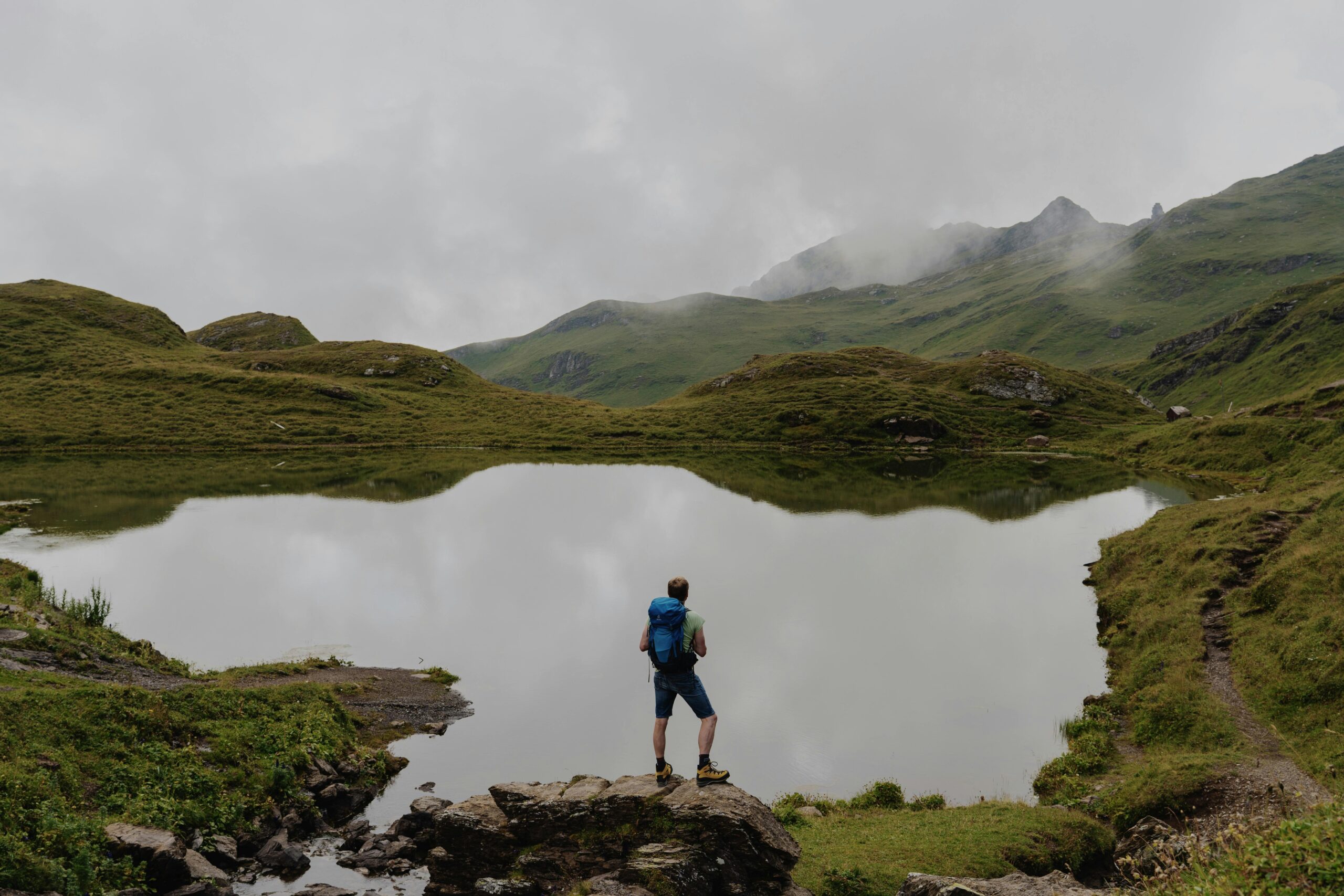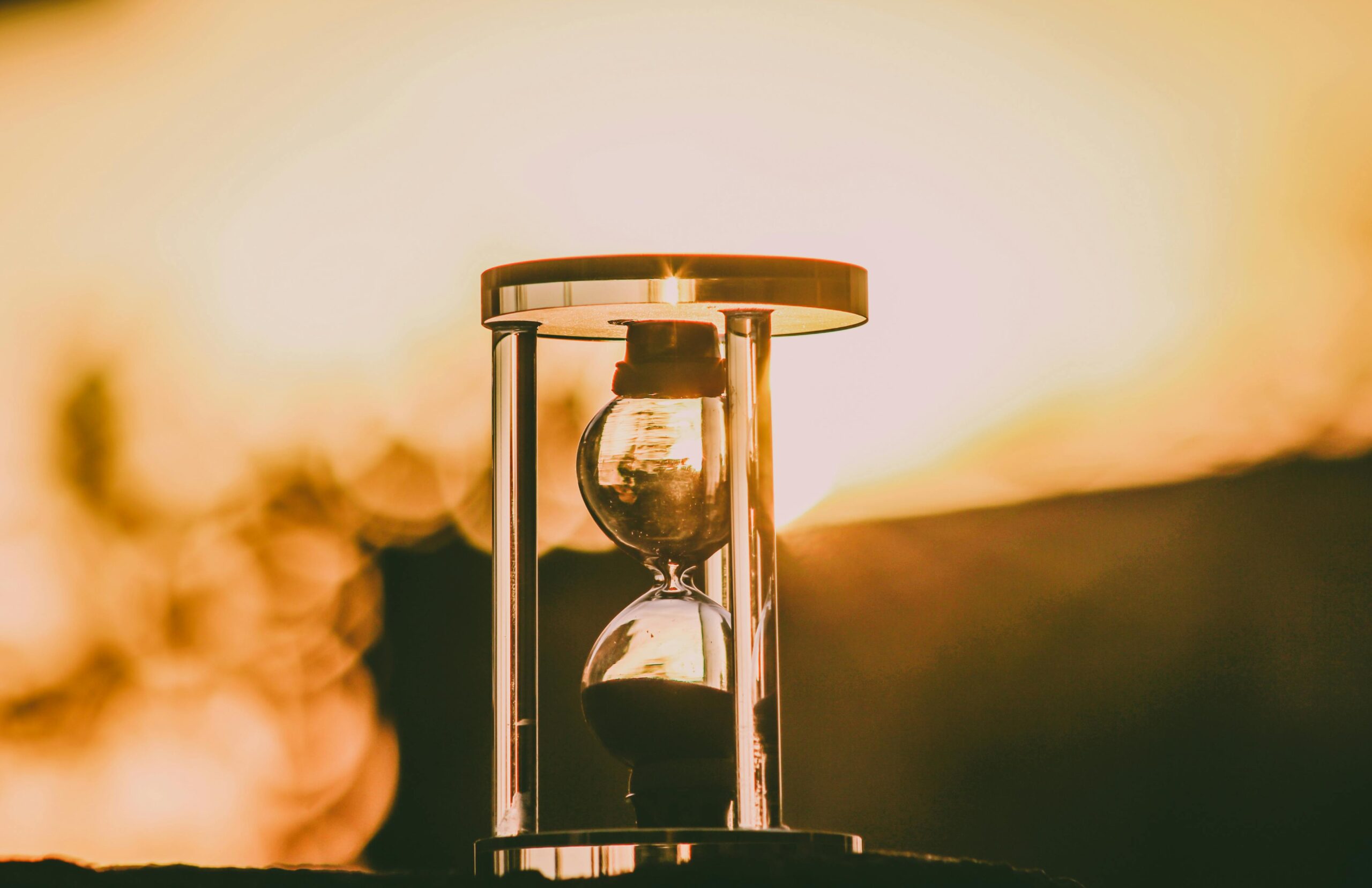Gambling Recovery Journey: I Moved Cities to Escape Addiction—But Real Change Came from Within
Every gambling recovery journey begins differently, but many share a common thread: the belief that escape will somehow solve the problem. You can pack your bags, leave behind the casinos, avoid the betting shops, even distance yourself from the people who knew your darkest habits. But as I learned, no matter where you go, your addiction follows—until you face it head-on.
I’m Michael, 29, from Vancouver, Canada.
When I first thought about recovery, my plan wasn’t therapy or meetings—it was moving. I convinced myself that if I could just get out of Vancouver, away from the casinos and sports betting crowd, I’d be free. A new city meant a clean slate, or so I believed. This gambling recovery journey, however, turned out very differently than I had imagined.
A New City, The Same Old Me
I packed my things, drained what little savings I hadn’t gambled away, and moved across the country to Calgary. I told friends and family I wanted a “fresh start,” but the truth was, I was running. For the first few weeks, it almost felt like it worked. Nobody knew me here. I walked past people on the street without the heavy shame of wondering if they’d heard rumors of my debts. For a brief time, it seemed like this could be a success story worth telling. But every gambling recovery journey has turning points, and mine came quickly.
I found an online betting site within days. I told myself it wasn’t the same as sitting at a poker table—it was “safer,” “smaller.” Within a month, my paychecks were disappearing again. That was when I realized I hadn’t left gambling behind at all. I had carried it with me, tucked inside my own unresolved pain. This gambling recovery journey was not about geography—it was about me.
The Lie of Geography
Moving cities gave me a false sense of control. I thought changing the view outside my window would silence the urge inside my head. But gambling addiction isn’t tied to geography. It isn’t about a place—it’s about the patterns and lies we tell ourselves to keep going one more day. I thought I had found a clever shortcut, but this gambling recovery journey was just beginning.
The casino wasn’t the problem. The sports bar wasn’t the problem. I was the problem—the part of me that thought escape was easier than doing the work of healing. Addiction had planted itself deeper than any city line. I could change my surroundings, but without confronting the root, nothing changed inside me. In every true gambling recovery journey, there comes a moment of reckoning. This was mine.
Turning Inward
It took another relapse for me to finally admit the truth: the change I needed wasn’t outside of me, it was inside. I signed up for counseling. I attended my first Gamblers Anonymous meeting, sweating with nerves as I introduced myself. I started journaling, facing questions I had avoided for years: Why did I gamble? What was I running from? What pain was I trying to silence? This phase of my gambling recovery journey was both terrifying and freeing.
None of it was easy. Healing meant pulling apart wounds I had buried under bets and debts. It meant nights of restlessness, mornings of regret, and a constant battle with the urge to return to old habits. But for the first time, I wasn’t trying to outrun them—I was sitting with them, learning from them, and letting myself feel. Each small step forward became another chapter in my gambling recovery journey.
What I Learned
Moving cities didn’t fix my addiction because no city could. The real move had to be internal—a shift from running away to leaning in. From silence to honesty. From shame to accountability. What makes a gambling recovery journey worth sharing is not the absence of temptation, but the courage to face it differently.
Today, I still live in Calgary. But not because I was trying to escape Vancouver. I stay because this is where I learned that healing doesn’t come from new streets or new faces—it comes from finally facing yourself. My gambling recovery journey continues every day, not as a perfect straight line, but as a path of resilience, honesty, and growth.





